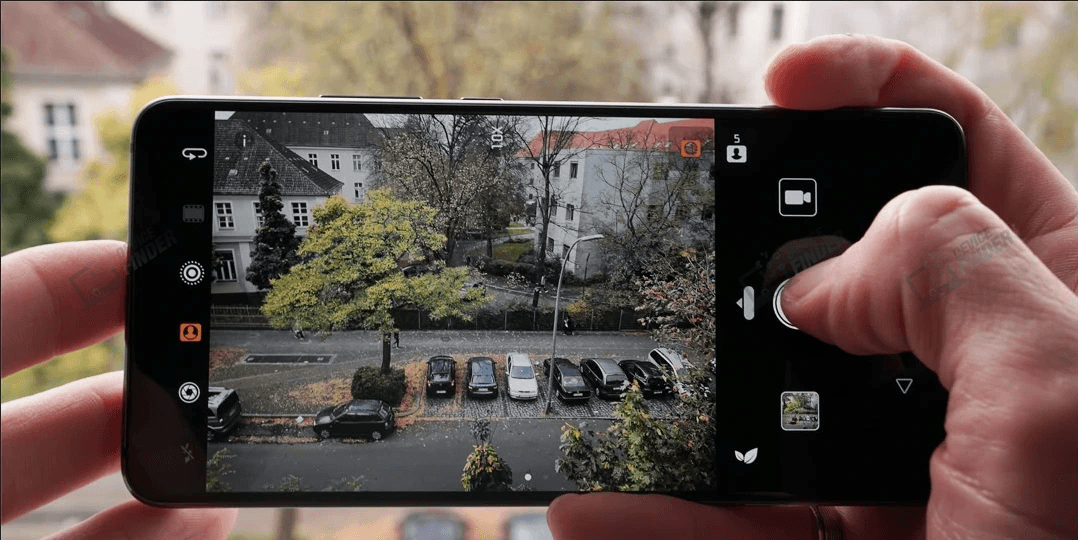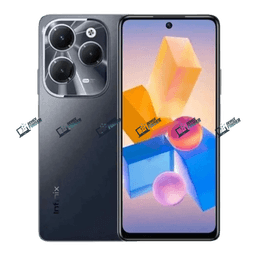
AI Features Boost Android Shots With Stunning Results
Artificial intelligence is transforming how we take photos on Android smartphones. Modern devices are no longer just about megapixels or lens quality; they now rely on AI features to automatically optimize settings, recognize scenes, and produce professional-quality images. From low-light photography to action shots, these AI features make capturing stunning images effortless. By 2025, Android smartphones are expected to have even more advanced AI features, turning every device into a smart camera capable of rivaling traditional photography tools.
Why AI Features Are Changing Android Photography
Traditional smartphone cameras depended mostly on hardware such as sensor size, lens quality, and megapixels. While they could take decent photos, they often struggled in challenging conditions and required manual adjustments. Modern Android smartphones leverage AI features to overcome these limitations. These intelligent algorithms detect the scene, adjust lighting and color, and reduce noise automatically, ensuring high-quality images without user effort. Users now expect smartphones to deliver near-professional results with minimal input.
Key AI Features in Android Smartphone Cameras
Android smartphone AI features include scene recognition, computational photography, and on-device processing. Scene recognition allows the camera to identify subjects like food, pets, or landscapes and optimize exposure and focus instantly. Computational photography merges multiple images to enhance color, detail, and dynamic range, creating vibrant and true-to-life photos. On-device processing, powered by chips like Qualcomm Snapdragon or MediaTek Dimensity, ensures that all AI enhancements happen in real time without relying on cloud computing.
Popular AI Features for Photography
Modern Android smartphones come with a variety of AI features designed to improve every shot. AI night mode and low-light enhancements merge multiple exposures to brighten dark scenes while keeping details sharp. Motion tracking and AI autofocus ensure moving subjects remain clear, reducing blur in action shots. Portrait mode uses AI features to separate the subject from the background and create professional-looking bokeh effects. Video recording benefits from AI features like automatic stabilization, cinematic framing, and smart exposure adjustments. Even selfies are enhanced, with real-time AI features providing skin smoothing, lighting optimization, and beauty enhancements.
Benefits of AI Features on Android Smartphones
The integration of AI features in Android smartphone cameras provides multiple advantages. They enable professional-quality photography without requiring technical knowledge. AI-powered editing tools allow users to touch up photos instantly, reducing the need for third-party apps. Social media-ready images are produced immediately, while AI compression saves storage space without sacrificing quality. Overall, these AI features make photography faster, smarter, and more convenient.
Top Android Smartphones With Advanced AI Features in 2025
Samsung Galaxy S series leads with AI features like enhanced zoom, low-light optimization, and HDR improvements. Google Pixel phones excel in computational photography and offer AI editing tools, Night Sight, and Super Res Zoom. OnePlus and Xiaomi smartphones feature high-resolution sensors and AI stabilization for sharper images. Huawei focuses on low-light AI features, while Oppo emphasizes AI beauty and video enhancements.
Android Smartphone AI Features vs DSLR
Android smartphones are highly convenient due to AI features, but they have limitations compared to DSLRs. AI features provide real-time enhancements and simplify editing, but smartphones still have smaller sensors, limited optical zoom, and fewer lens options. For most users, AI features deliver sufficient quality, while professional photographers may prefer DSLRs for full creative control.
Future Trends in Android Smartphone AI Features
By 2025, Android smartphones are expected to include 200MP+ sensors, advanced on-device AI processing, cinematic video with AI stabilization, and AR/VR photography integration. Future devices may even offer AI-powered holographic imaging, allowing users to capture and interact with photos in entirely new ways.
Buying Guide: Choosing an Android Smartphone With the Best AI Features
When selecting a smartphone for photography, focus on sensor size, AI scene modes, and night mode performance. Compare AI features across brands, such as Google Pixel for AI editing, Samsung Galaxy for AI zoom and HDR, and OnePlus/Xiaomi for AI stabilization. Consider factors like price, software updates, and after-sales support. Rumored next-generation devices include Samsung Galaxy S26 with a 250MP AI sensor, Google Pixel 10 Pro with smarter Night Sight, and OnePlus/Xiaomi with enhanced AI motion tracking and color optimization.
Conclusion
Android smartphone AI features are revolutionizing mobile photography by combining scene detection, computational photography, and real-time enhancements. Users can expect higher megapixel sensors, cinematic video capabilities, and seamless integration with AR/AI tools. Smartphones are no longer just communication devices; with AI features, they are intelligent cameras capable of capturing stunning images effortlessly.
FAQs About AI Features in Android Smartphones
Q1: What are AI features in Android smartphone cameras?
AI features are intelligent algorithms that enhance photos automatically by adjusting lighting, color, and focus.
Q2: Are AI features better than traditional camera settings?
Yes. AI features provide real-time improvements, delivering professional-quality results without manual editing.
Q3: Which Android smartphones have the best AI features in 2025?
Samsung Galaxy S25, Google Pixel 9 Pro, and OnePlus 12 are leading devices.
Q4: Can AI features replace DSLR cameras?
Not completely, but for most users, AI features are sufficient for everyday photography.
Q5: How do AI features improve low-light photography?
AI features combine multiple frames, reduce noise, and enhance brightness to create clear, detailed images.









